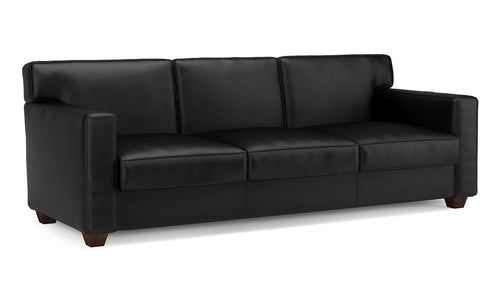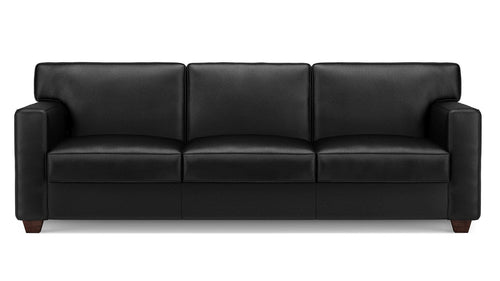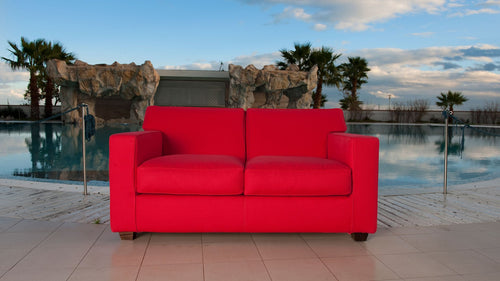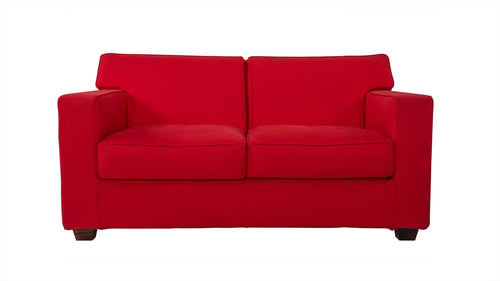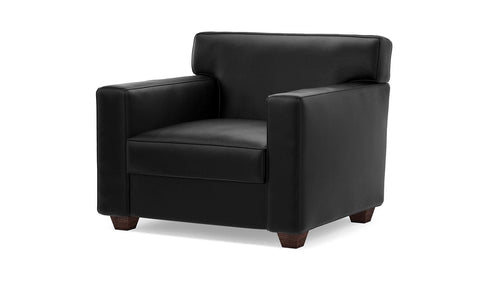Jean-Michel Frank
J. M. Frank
(1895-1941)
My intention was not to create a style of my own, but only to find a style, any style. A cousin of Anna Frank, the author of the celebrated “Diary”, Jean-Michael Frank was born into a well-off Parisian family. Before working as an interior designer, he travelled at length around the world, an experience which profoundly influenced his work. Frank practiced his role as an interior designer with enormous success. A relatively new concept for the time, the interior design distinguished itself from both architecture and industrial design. Among Frank’s customers there were some of the most renowned personages of his age, from the poet René Crevel to artists such as Giacometti, Dalì, Bérard, Paul Eluard, Louis Aragon and Nelson Rockefeller. In 1939 he was forced to leave Paris to avoid Nazi persecution, taking refuge first in Argentina and then in the USA, where he died tragically, committing suicide as his brother had already done in Paris. His style - defined as “poor luxurious” or simply “Frank style” - was highly successful during the 1930s and ‘40s, and still today remains a benchmark for contemporary interior design. His furnitures are elegant and rigorous, sophisticated in the use of materials yet simple in their classic, refined lines.
My intention was not to create a style of my own, but only to find a style, any style. A cousin of Anna Frank, the author of the celebrated “Diary”, Jean-Michael Frank was born into a well-off Parisian family. Before working as an interior designer, he travelled at length around the world, an experience which profoundly influenced his work. Frank practiced his role as an interior designer with enormous success. A relatively new concept for the time, the interior design distinguished itself from both architecture and industrial design. Among Frank’s customers there were some of the most renowned personages of his age, from the poet René Crevel to artists such as Giacometti, Dalì, Bérard, Paul Eluard, Louis Aragon and Nelson Rockefeller. In 1939 he was forced to leave Paris to avoid Nazi persecution, taking refuge first in Argentina and then in the USA, where he died tragically, committing suicide as his brother had already done in Paris. His style - defined as “poor luxurious” or simply “Frank style” - was highly successful during the 1930s and ‘40s, and still today remains a benchmark for contemporary interior design. His furnitures are elegant and rigorous, sophisticated in the use of materials yet simple in their classic, refined lines.

